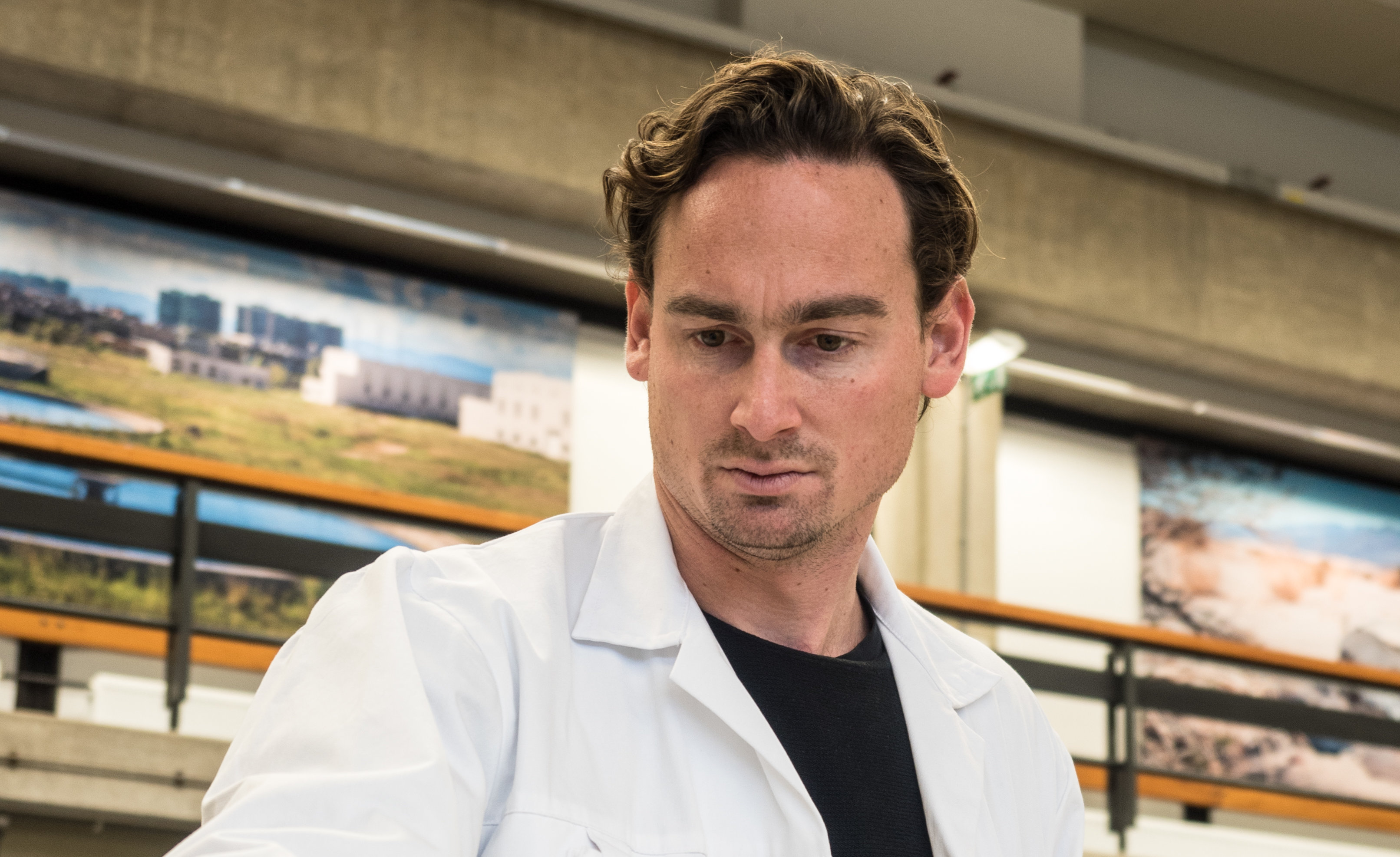Arsenic, an element which occurs naturally in the environment, is present in the soil and groundwater of several areas in the Netherlands. According to the World Health Organisation (WHO) the presence of large concentrations of arsenic poses a threat to public health. While concentrations in drinking water are within the present critical WHO values, guidelines regarding arsenic content may, in future, become more stringent.
When this happens Dutch water companies will have to adapt their water treatment plants in order to comply with the new norm. Jink is studying effective ways of removing arsenic from drinking water in TU Delft’s Waterlab so the quality of Dutch drinking water will continue to comply with the norm.
There are several ways of removing arsenic from water. Costs and benefits have to weighed carefully as the present techniques are expensive, or require the use of heavy chemicals which are a danger in themselves. Jink favours a method which doesn’t require additional building or the use of heavy chemicals. ‘Adding chlorine could be a solution but that is not what we want to do.’
Reactor
That is why Jink is optimising a chemical process which removes arsenic effectively and can be fitted to an existing water purification system. He is developing a reactor which can remove arsenic from different areas in the country. ‘The composition of water varies from place to place. In the Netherlands alone each area has slightly different concentrations of arsenic in the groundwater. That is why no two arsenic removal processes are the same.’ At the Waterlab Jink studies the various chemical reactions in sample beakers. He also does fieldwork at various water treatment plants around the country.


